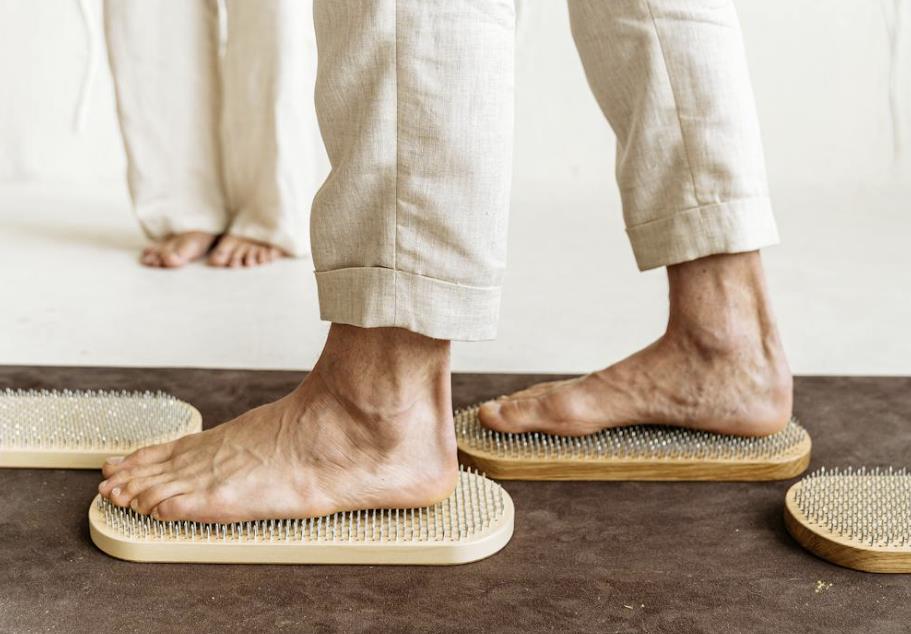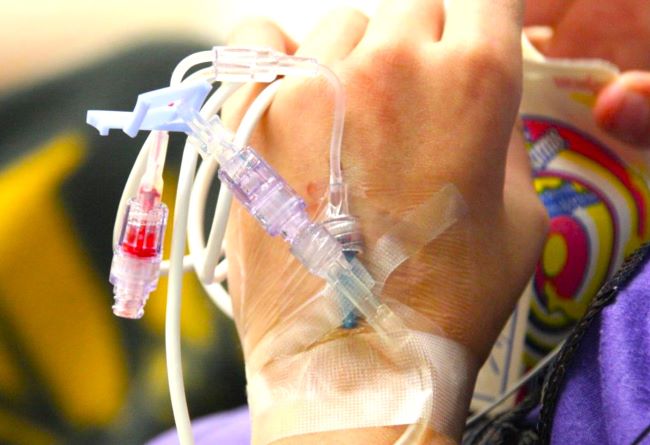Easy Ways to Control Blood Sugar
Diabetes is a metabolic problem that affects you’re body’s ability to make or respond to insulin, a hormone. Insulin regulates the delivery of blood glucose to your body’s organs and tissues, where it’s used for energy. Type 1, or insulin-dependent, diabetes is an inherited disease that affects the pancreas, destroying that organ’s ability to make insulin. Type 1 diabetes usually occurs during childhood or adolescence.
Smart Self-Care
Women doctors say that if you have been diagnosed with diabetes of either type, you should be under medical supervision, usually a GP, and often a registered dietitian, a nurse, and an eye specialist, all working as a team. Changes in diet, exercise, and other self-care strategies that follow are important but should be checked with your doctor or other health care professionals, particularly if you plan to have children.
With proper blood sugar management, women with diabetes can get pregnant and deliver healthy children. Make sure that your blood sugar is meticulously controlled before you get pregnant.
Women can control diabetes, lose fat, and lose weight. Four out of five women with type II diabetes are overweight, and they may even control their diabetes or reduce their medication if they lose weight. Calorically, fat is denser than protein or carbohydrates, so if you reduce the grams of fat that you eat, you automatically reduce calories.
To lose weight, aim for a diet with fat grams comprising 20 to 30% of you’re total calories. Foods high in fiber may help people with diabetes control their blood sugar; fiber slows the absorption of carbohydrates that you ingest. And after eating a high-fiber meal, you feel full. This can also help with weight loss.
Eating a big bowl of high-fiber cereal for breakfast and a big bowl of chili for lunch could help keep your blood sugar levels stable. According to one study, people with Type II diabetes who ate meals with 20 grams of fiber had significantly lower post-meal blood sugar than others who ate meals with only 10 grams of fiber.
We use uncooked corn flour from the supermarket for people being treated for diabetes who experience episodes of hypoglycemia, or low blood sugar. Uncooked corn flour is a very slow-release type of sugar; it takes up to 6 hours for your body to break it down and absorb it. Stir one or two teaspoons of uncooked cornflour into a glass of milk or sprinkle it into a pudding. I suggest consuming cornflour with an evening snack to prevent low blood sugar during the night or before exercise, which affects blood sugar levels.
Consider a chromium supplement. Tests show that people with diabetes may have lower blood levels of chromium than people without diabetes. Chromium may help people with Type II diabetes because the body needs chromium to be able to respond to insulin. It is sometimes difficult to get beneficial amounts of chromium from food, so look for a multivitamin that supplies the recommended amounts of chromium, 50 to 200 micrograms daily.
In the past, people with diabetes were told that they could not eat certain foods, namely refined carbohydrates like biscuits or sweets. But research shows that all carbohydrates will elevate blood sugar the same way; a biscuit is equal to a piece of bread, which is equal to a piece of fruit.
If there’s a food that you really like, make sure to include it in your diet. If your favorite snack food is biscuits but you never eat them, it’s easy to feel deprived and frustrated, and that can lead to binge eating. Have one bickie and enjoy it. The key here is to treat yourself in moderation; don’t eat the entire packet.
Walk, swim, cycle, dance, and do some exercises that burn fat and calories and can help you lose excess pounds. For women with diabetes, exercise offers added bonuses. Exercising muscles makes them more sensitive to insulin, improving the way our body metabolizes sugars. Plus, regular exercise lowers the risk of heart disease, a special concern for people with diabetes. The current recommendation is to exercise at least three times a week for about 30 to 40 minutes. Start out slowly.
According to the American Diabetes Association, nearly 8.4 million women in the US have diabetes, but only half know it. See, you’re a doctor; if you have any of the following symptoms for a week and then work, you’re way up. Walk, swim, cycle, dance, or do whatever you enjoy. This should be done under a doctor’s supervision, she adds, as you’re medication and diet may need adjustments to accommodate you’re increased activity.
-
Increased thirst, urination, or appetite
-
Dry Mouth
-
Vomiting
-
Diarrhea
-
Blurred Vision
-
Rapid or irregular heartbeat
-
Dizziness
-
Unintentional weight loss
-
Recurrent yeast or urinary tract infections
See your doctor if you have diabetes, are pregnant, or are thinking of starting a family. Women with poorly controlled diabetes have a higher risk of complicated pregnancies that could affect mother and baby. Women with diabetes are also prone to problems with circulation or a loss of feeling in their feet.
So inspect your feet for red, dry, cracked skin, infections, calluses, or blisters. And you’re a doctor if you see signs of infection. Untreated, even minor cuts or infections can lead to serious medical problems.







